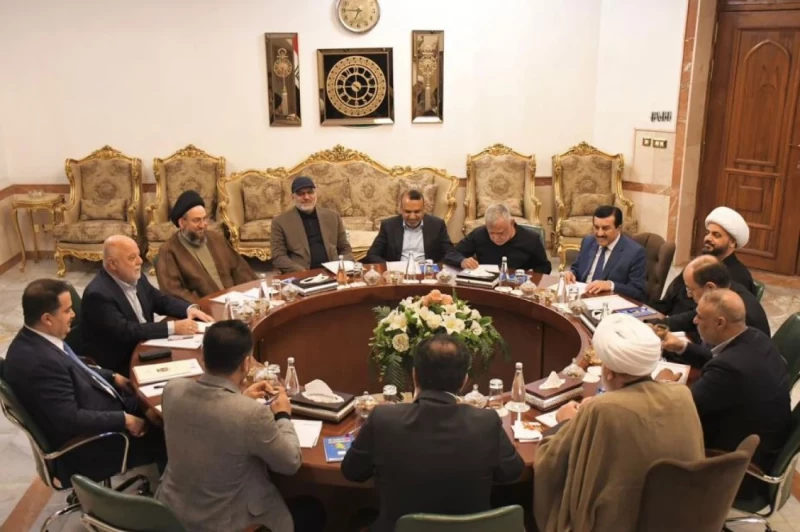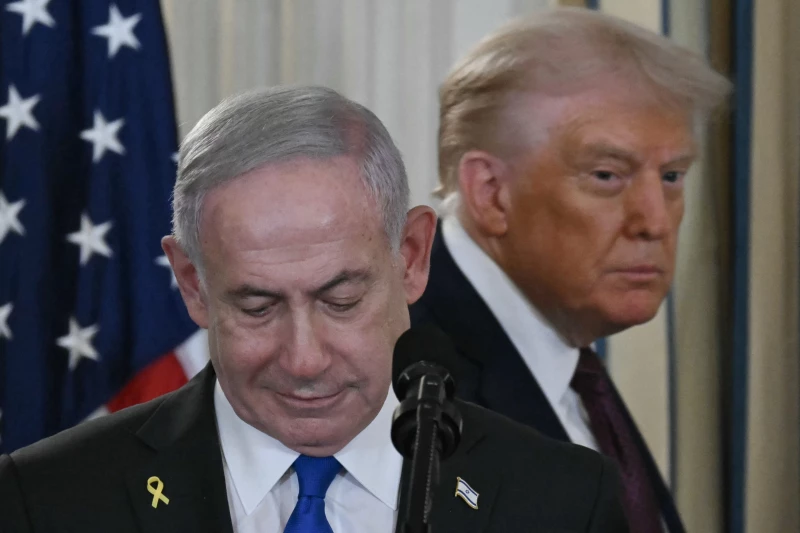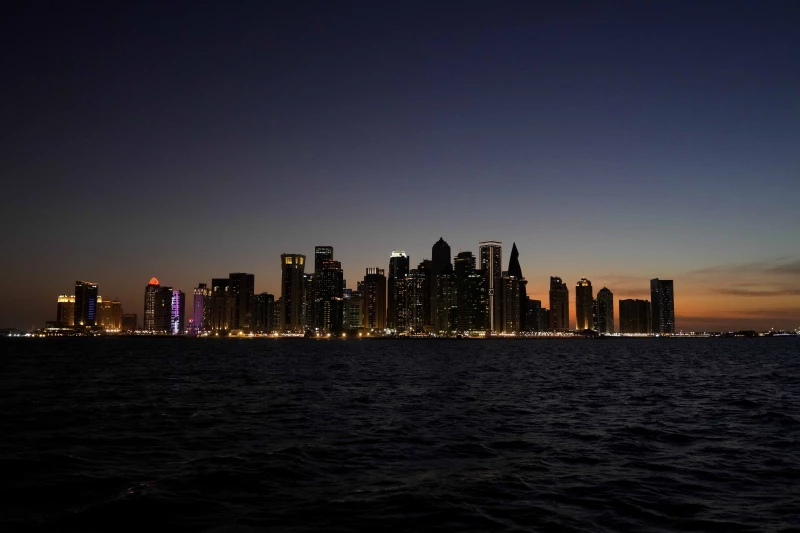It is perhaps paradoxical: the farther Iran and Israel move away from their 12-Day War in mid-June, the closer they seem to drift toward another confrontation. Speculation about a renewed war has been rife, with estimates suggesting it could erupt anytime between late August and December. The sense of unfinished business is palpable.
On August 10, Iraq’s Former Foreign Minister Hoshyar Zebari told Al-Sumaria TV that “the first chapter has ended, but it does not mean that the confrontations are [completely] over. The signs of the situation exploding at any moment again are present.” Just a day later, Foreign Policy published an article by Trita Parsi, executive vice president of the Quincy Institute and long known for his sympathetic readings of Iran, warning that “Israel was likely to launch a new war with Iran” between August and the year’s end.
As if to confirm such speculation, Yahya Rahim Safavi, the former chief commander of Iran’s Islamic Revolutionary Guard Corps (IRGC) and a current senior military advisor to the supreme leader, declared on August 18 that Iran was not in a state of “ceasefire” with its adversaries but in a “state of war,” adding that the current calm could collapse “at any moment”—a phrase that has become the recurring motif of these warnings, whether explicitly stated or implied.
Israel, which initiated the June war, does not appear satisfied with its outcome. Despite inflicting heavy blows on Iran’s military and nuclear infrastructure, Tehran proved resilient. The full extent of the damage to Iran’s nuclear program remains uncertain. The consensus is that while Iran suffered serious setbacks, its nuclear program has not been eradicated, contrary to early US claims after American warplanes, including strategic B-2 bombers, struck Fordow and other key sites.
The ceasefire in June, mediated by the US and Qatar, offered both sides a temporary reprieve. Iran, however, emerged from the conflict utterly battered: many of its top military commanders were killed, and much of its missile arsenal was eliminated. Yet, as a nuclear threshold state, Tehran retains the know-how and possibly hidden uranium reserves, enriched to 60% or higher, that allow it to rebuild. For Israel, this creates a strategic dilemma: how to prevent Iran from clawing its way back.
Israel and Iran’s dilemmas
The only scenarios that could provide Israel with certainty are either a verifiable suspension, and ideally eventual dismantlement, of Iran’s nuclear program under strict International Atomic Energy Agency (IAEA) monitoring or outright regime change. The first option is less costly, but Israel harbors deep doubts about its effectiveness given the opacity of Iran’s nuclear activities, particularly its military component.
For Iran’s ruling elite, suspending the program could be seen as the beginning of an “Iraqization” or “Libyaization” of their country: disarmament followed by heightened foreign interference and possibly collapse of the regime. Although the reformist wing of the Iranian state advocates for suspension, this remains a difficult decision for the regime as a whole to make. This fear makes any negotiated suspension tenuous at best. The viability of this option now hinges on ongoing negotiations between Iran and the West, especially as the mid-October deadline approaches for activating the “snapback” sanctions reimposition mechanism under the 2015 nuclear deal. European powers have threatened to activate the mechanism, leading to further sanctions, if Iran fails to demonstrate seriousness in the talks.
For Tehran, the strategic choice is stark. Should it suspend its program and buy time, or gamble on a new war in hopes of delivering heavy blows that could deter Israel and preserve the regime in the long run, even if it is bloodied badly again? Safavi’s remarks hinted at this dilemma. He suggested that if another round of war comes, it will be decisive—implying that either Iran survives by demonstrating endurance, or possibly the regime collapses under the weight of defeat.
Iran retains one strategic advantage: resilience. Its geographic size, layered political-military system, and capacity to absorb heavy blows mean it is unlikely to crumble quickly. A preemptive Iranian strike on Israel, if it caused large casualties and material destruction, could also pressure the Israeli public to push their government toward restraint. But this would be a high-stakes gamble for Tehran, one that could just as easily accelerate its downfall.
For Israel, the optimal outcome would be to launch a campaign of such scale and precision that it decapitates Iran’s leadership and cripples its military and economic infrastructure, effectively forcing regime change or transformation through some form of a military coup by more anti-clerical and Western-friendly elements within the regime. Yet this carries risks of its own. First, there is no guarantee of such success, particularly if the Iranians have drawn lessons from the 12-Day War. Second, a new war with Iran could deepen Israel’s alienation in the region. Gulf Arab states and Turkey already view Israel’s sustained military posture since October 2023 as destabilizing. Even if they oppose Iran, they fear that Israel might one day turn its firepower toward other regional countries, if not them.
Israel’s recent experience in Syria underscores the limits of its military gains. Since late 2023, Israeli campaigns have reshaped the region, leading to a weakened Iran-led axis and ultimate collapse of the Assad regime last December. Yet Israel has struggled to translate battlefield success into strategic advantage. At least for now, Turkey and the Gulf states, not Israel, appear poised to reap the benefits of Syria’s transformation. Israel did the heavy lifting, but others are positioned to capitalize on the altered balance of power. This is Israel’s enduring dilemma: it can initiate wars and weaken adversaries, but its capacity to shape the postwar order is constrained by its unique position in the region. This, however, does not seem to deter Israel from preparing for another military campaign against Iran. The present lull in violence looks more like a calm before the storm.
The views expressed in this article are those of the writer and do not necessarily represent the position of The New Region

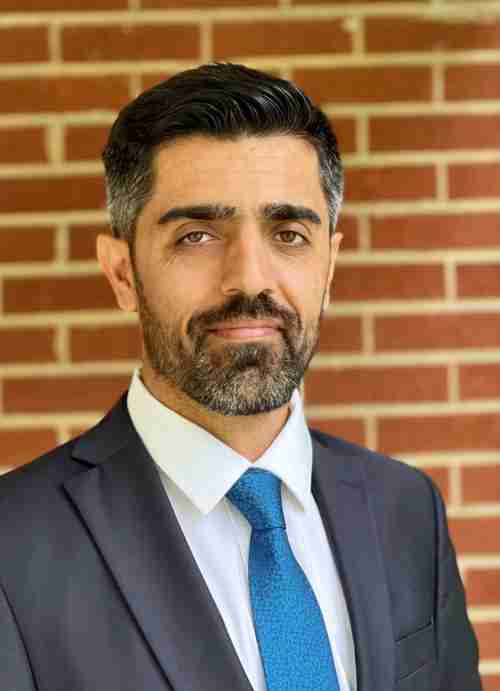
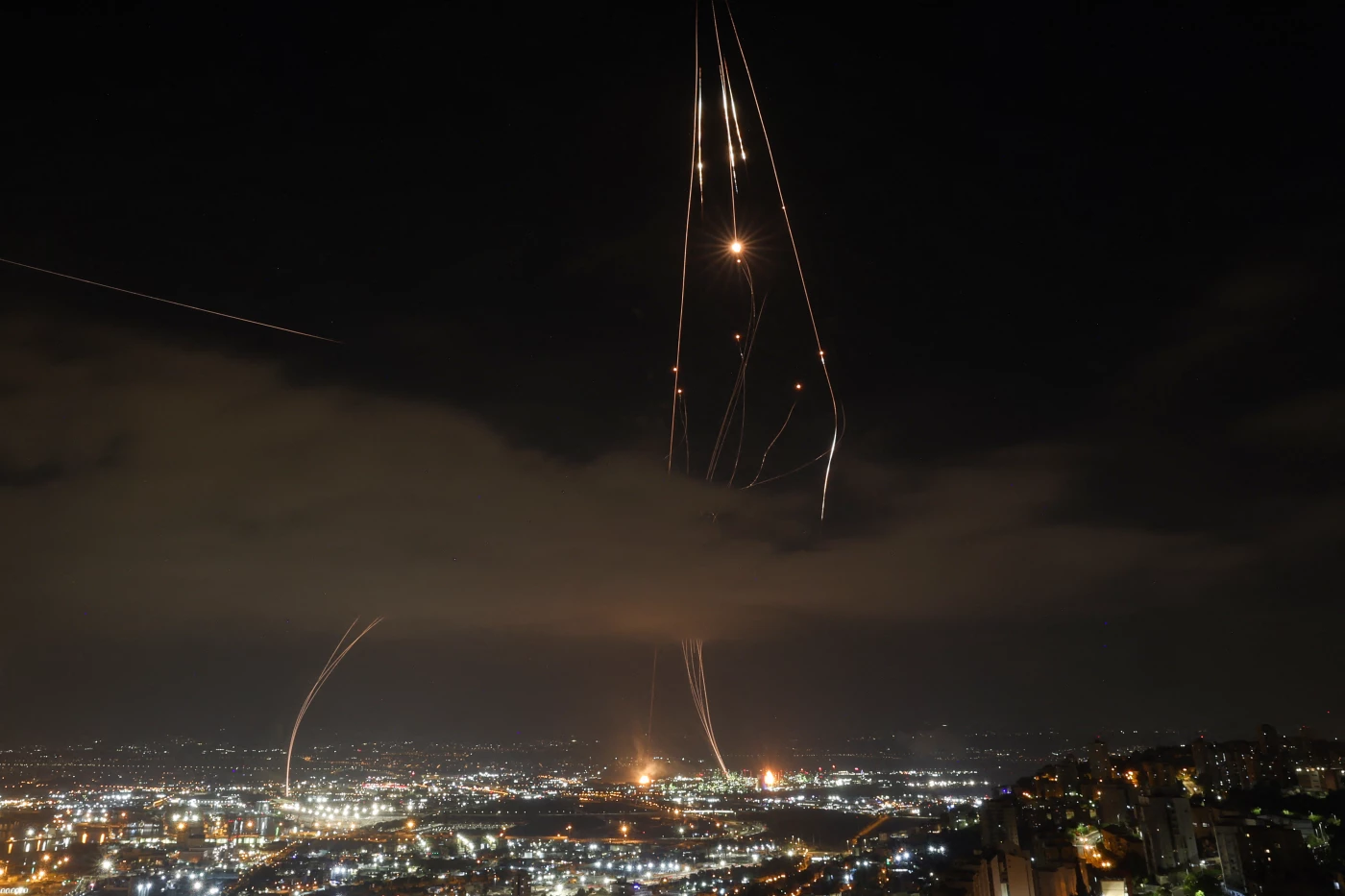
 Facebook
Facebook
 LinkedIn
LinkedIn
 Telegram
Telegram
 X
X
